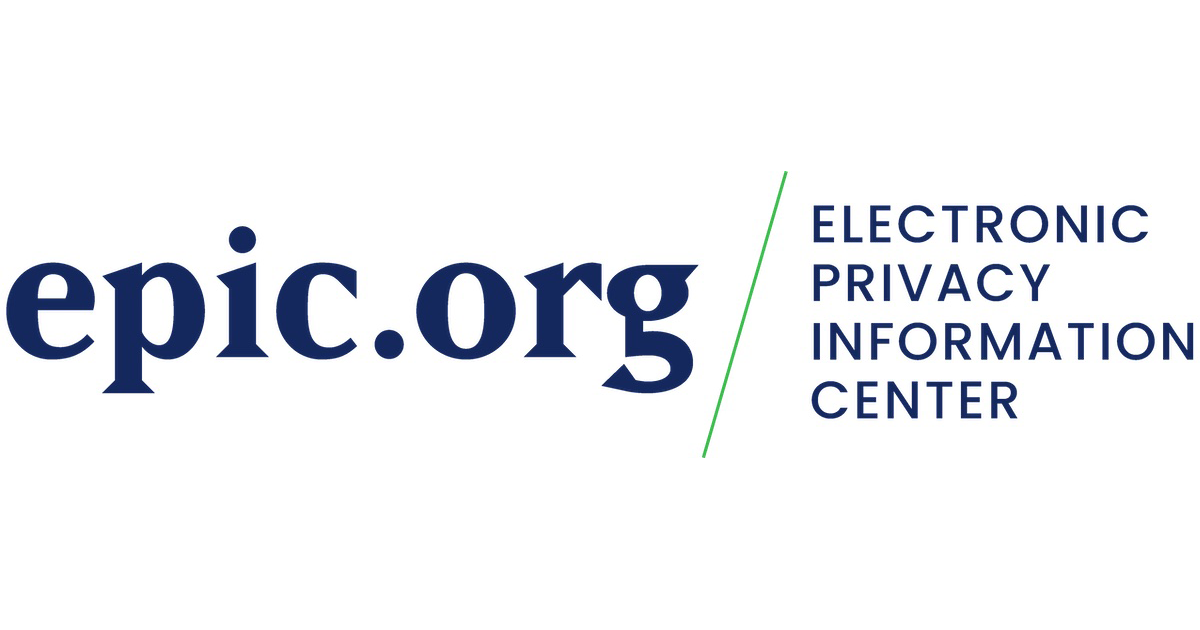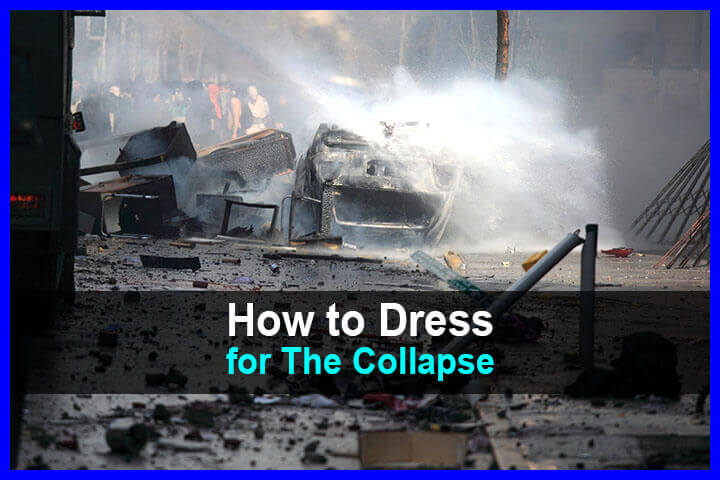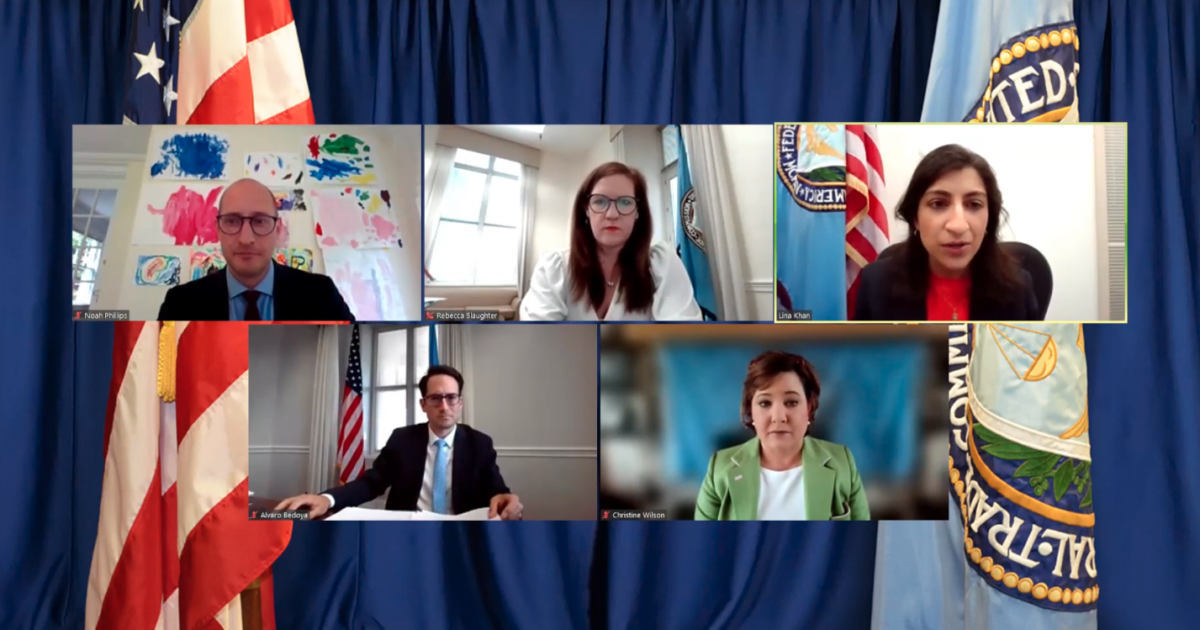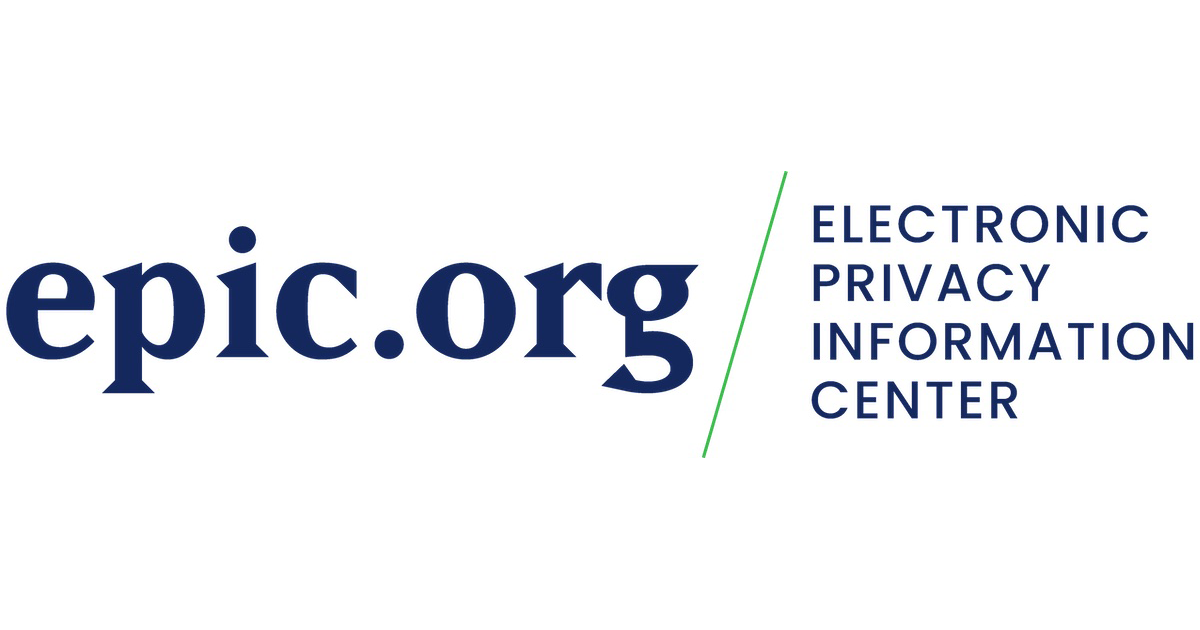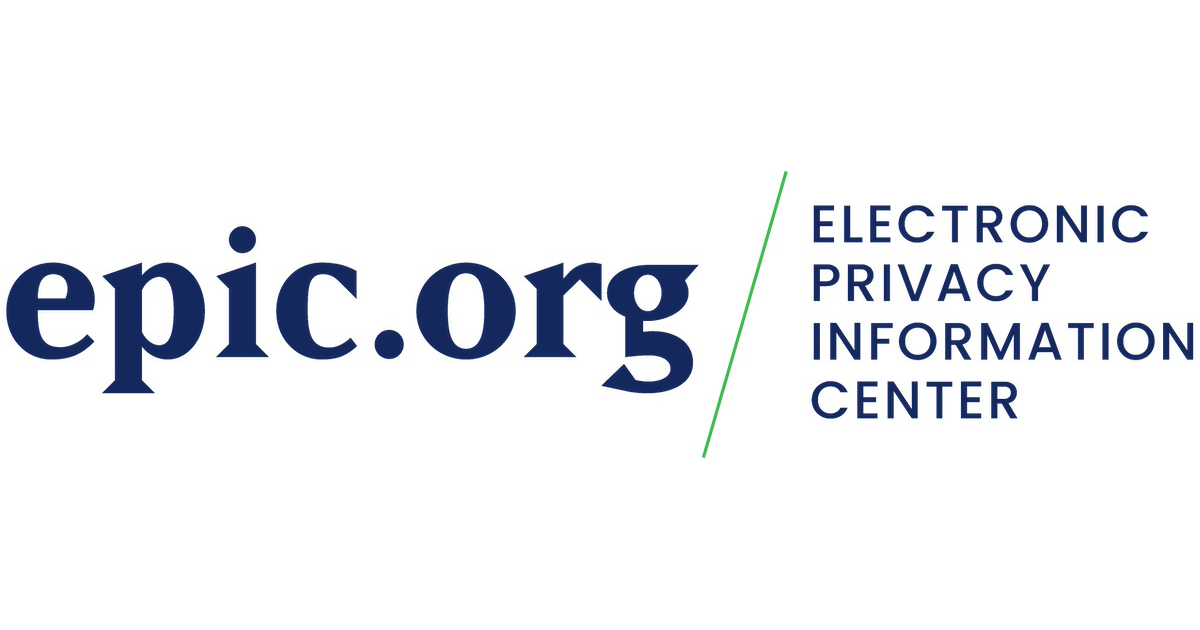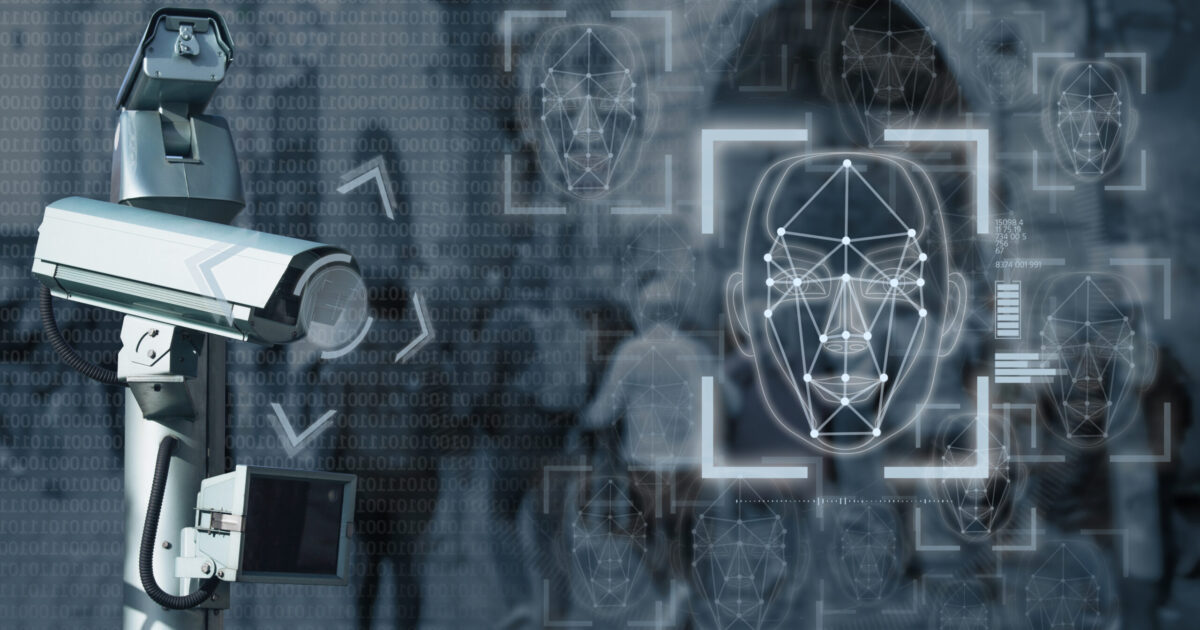Have you had enough of voles treating your garden as an all-you-can-eat buffet? I have.
Voles might be cute and furry, but they seem intent on destroying our garden. They’ve been feasting on every bulb, root, or tuber we put in the ground. We haven’t seen a whole beet or sweet potato for months!
I don’t mind sharing the fruits of our labor with others, but I do mind when they steal everything, leaving nothing for us humans to enjoy.
The Destructive Power of the Vole
 Common Vole
Common Vole  Woodland Vole
Woodland Vole
Several different species of voles cause mayhem and destruction, damaging lawns, orchards, trees, and even buildings. The most widespread of these is the meadow vole which is usually responsible for the maze-like grid of tunnels running through your garden.
Prairie voles are more commonly found on golf courses, while the woodland vole focuses its efforts on orchards and residential properties with lots of leaf litter.
One of the biggest problems with voles is how quickly they breed. A female vole becomes sexually mature at just 35 to 40 days old and produces 5 to 10 litters per year thereafter. With litter sizes ranging from 3 to 6, your vole population could explode in just a few months!
Not only do voles eat roots and tubers, but they also gnaw the stems of young trees and other woody plants and burrow through the ground, leaving a wasteland of dead plants in their wake.
Seven Ways To Stop Voles Wrecking Your Garden
Before we introduce you to the three most common ways of getting rid of voles, we need to deal with some of the legal implications of vole eradication. Always check the laws in your own state.
In some states, like Noth Carolina, it’s illegal to trap or kill nuisance animals unless you have a permit. If the law prevents you from using traps, you might want to try repellents and habitat modification to deter the little critters instead.
#1 Habitat Modification can Deter Voles
Meadow voles forage above ground, so they prefer areas of dense vegetation. The thick ground cover protects them against potential predators, whereas bare earth exposes them for all to see.
Removing weeds, vegetation, and heavy mulch from your garden help to eliminate their food source and remove any protection they might get from that ground cover.
Keeping your lawns closely mowed and removing grass and weeds from the bases of young trees can help prevent vole damage and encourage them to seek out new food sources.
It may sound a little drastic, but removing bird feeders from your garden can also help reduce your vole population. Bird feeders inevitably spill some seeds on the ground, attracting the neighborhood’s voles to the area. Removing them will give the voles less reason to invade your property.
You can also clear sections of land…

